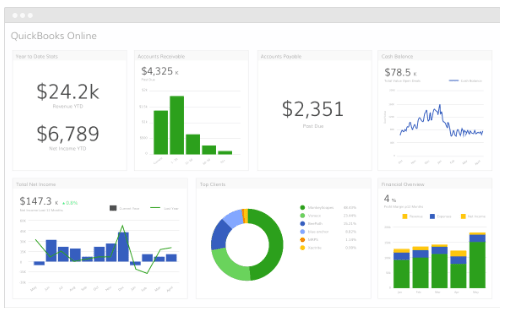WTI and Brent, however, are both considered high-quality oils and therefore are the two most important oil benchmarks in the world. It contains less than 0.50% sulfur, whereas the norm is about 0.24% to 0.34%, making it “sweet.” It also has a low density, making it “light.” OPEC (Organization of the Petroleum Exporting Countries) is a group of 12 Oil-producing nations who collectively decide production quotas for member countries at twice-yearly meetings. When OPEC decides to lower quotas, it can tighten supply, pushing up Oil prices.
‘America first means commodities second’: Oil and gas prices will tank under a Trump presidency, BofA strategist says
Low-density, or “light” crude is generally favorable to the high-density variety for the same reason. The Organization of the Petroleum Exporting Countries (OPEC) controls most of the oil production and distribution, often dictating costs for not only oil suppliers but countries as well. Most nations factor oil prices into their budgets, so OPEC has been considered a leading axes broker geopolitical force.
- There are different types of crude oil—the thick, unprocessed liquid that drillers extract below the earth—and some are more desirable than others.
- Over the long term, a marker that sold at a premium to another index may suddenly become available at a discount.
- In colloquial usage, WTI usually refers to the WTI Crude Oil futures contract traded on the New York Mercantile Exchange (NYMEX).
- The Organization of the Petroleum Exporting Countries (OPEC) controls most of the oil production and distribution, often dictating costs for not only oil suppliers but countries as well.
- West Texas Intermediate plays an important role in managing risk in the energy sector worldwide as it has high liquidity, a large number of customers, and a lot of transparency.
West Texas Intermediate (WTI) is a grade or mix of crude oil; the term is also used to refer to the spot price, the futures price, or assessed price for that oil. In colloquial usage, WTI usually refers to the WTI Crude Oil futures contract traded on the New York Mercantile Exchange (NYMEX). Oil produced from any location can be considered WTI if the oil meets the required qualifications.2 Spot and futures prices of WTI are used as a benchmark in oil pricing.
Over the long term, a marker that sold at a premium to another index may suddenly become available at a discount. Offshore oil rigs, despite being in the news more often, most famously with the BP oil leak of 2010, are heavily traded as barometers of domestic oil market health. That honor goes to Brent, which is used as a benchmark globally in two-thirds of oil contracts.
Federal Reserve Economic Data
Brent crude and WTI crude are the most popular benchmarks, but their prices are often contrasted. The How to buy dodgecoin difference in price between Brent and WTI is called the Brent-WTI spread. WTI is the main oil benchmark for North America, as it is sourced from the United States.
The Differences in Crude Oil
Because crude oil is needed to manufacture other primary materials, it is the world’s most important commodity. The US investment bank Goldman Sachs estimates the proportion of crude oil used for primary materials production to be 45 percent. Because the supply of crude oil is limited but demand is constantly increasing, the price of oil is also continuously rising. The US investment bank Goldman Sachs estimates the proportion of crude oil used for primary materials production to be 45 per cent.
Effect of futures contract trading on physical WTI market
Their results are usually similar, falling within 1% of each other 75% of the time. The EIA data what is the forex grid trading strategy is considered more reliable, since it is a government agency. For example, the price of crude oil and related refined products rose significantly at the beginning of this century due to increased demand in emerging economies.




Recent Comments